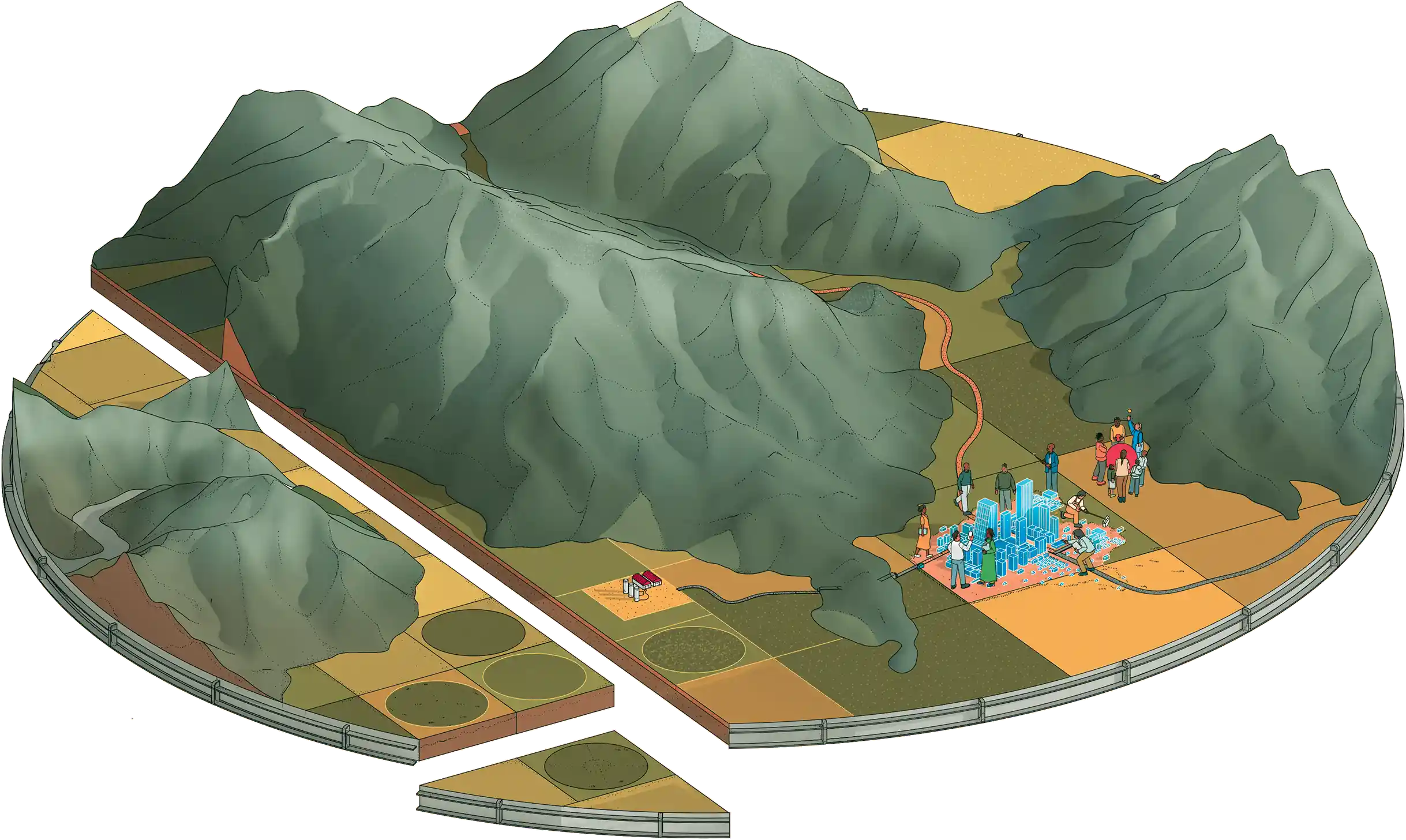Citymaking through participatory modeling

Challenge: More and more of the world’s population is living in cities. To preempt crises and promote resilience, it is increasingly important to understand how cities behave. Within a city, information needs to flow between residents, community groups, and policymakers, so that decisions are guided and grounded by a shared understanding of how different policies may affect different aspects of the city. For example:
A policymaker may ask: Given an outcome I want, and the restrictions I have, what policies can help me achieve these outcomes? If residents and groups volunteer new data about their experiences, how does that change the effectiveness of the various policies I have?
A local community group may ask: Given a new policy that may be implemented, how are different community groups affected? If a different policy had been implemented in the past, how would that have affected our groups? Given several things that we observed, how can we shape the proposed policy to create a better outcome for us?
A resident may ask: Given the policies that may be implemented, how will I be affected, e.g. what is the chance that a certain event will happen to me?
How can these kinds of questions be answered?
Project: Answering these questions requires a representation of a city’s environment that incorporates existing knowledge and allows people to explore different scenarios—that is, a city model. In fact, it requires building a more sophisticated city model than ones that have come before. Such a model needs to be able to reason about uncertain cause and effect relationships, incorporate information from many different residents and domain experts, and link to existing city models across different domains (e.g. climate, epidemiology, and transportation).
We propose to apply Basis’s core technology to build such a city model, with the goal of starting off grounded in very specific areas in New York City and working with existing groups to model scenarios that are of local importance. Our aim is to give increased agency to local residents and community groups that have typically been underserved by technology in an urban planning context.
Some possible domains we have identified for starting to build out a city model are:
Zoning: help improve communication in community engagement meetings by providing a model for a to-be-rezoned area. Using this model, residents will be able to understand how zoning proposals affect them, and planners will be able to solicit more representative feedback from the community.
Street life and business development: help address residents’ concerns related to sanitation, public safety, and health and community services, through interactive models that share relevant information across city agencies, businesses, and community groups. These tools could help delegate responsibility for addressing each concern, and share detailed information between related community-improvement efforts.
Participatory budgeting: support existing participatory budgeting practices in New York by enabling residents to explore proposed budgets, consequences, and alternatives interactively, and enable City Council members to incorporate residents’ experiences into the model that projects outcomes of different budgets.
We are very open to considering other domains as well.
Opportunities for collaboration: We are looking to collaborate with two kinds of partners:
with design partners (people and organizations who are engaged in New York civic processes that might benefit from participatory city models),
and with engineering partners (organizations that have already built models of a facet of a city that might benefit from increased inference/reasoning capability from Basis tech).
Basis leads: Kai Ye, Zenna Tavares, and Emily Mackevicius